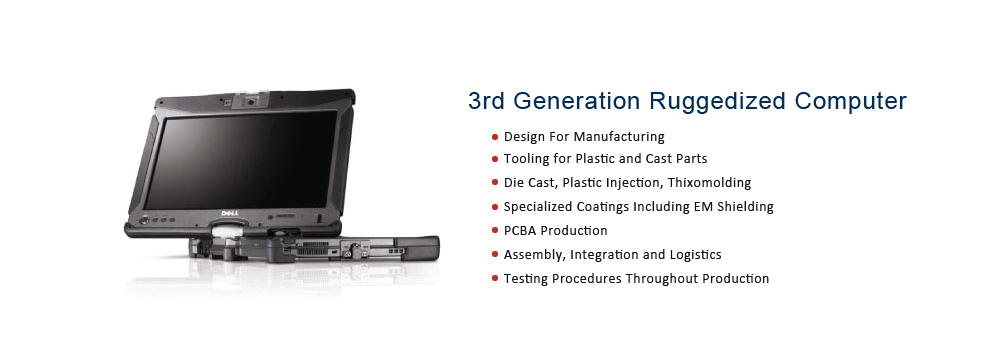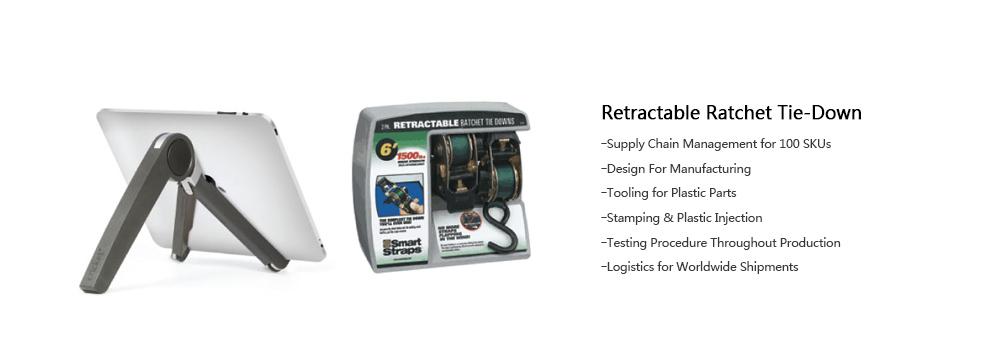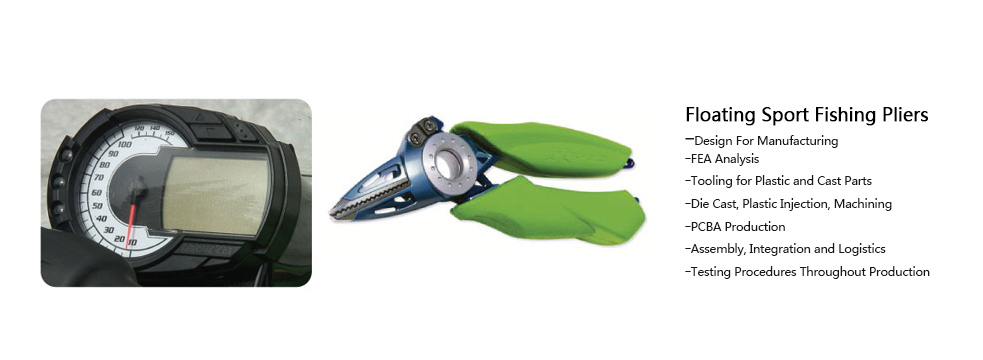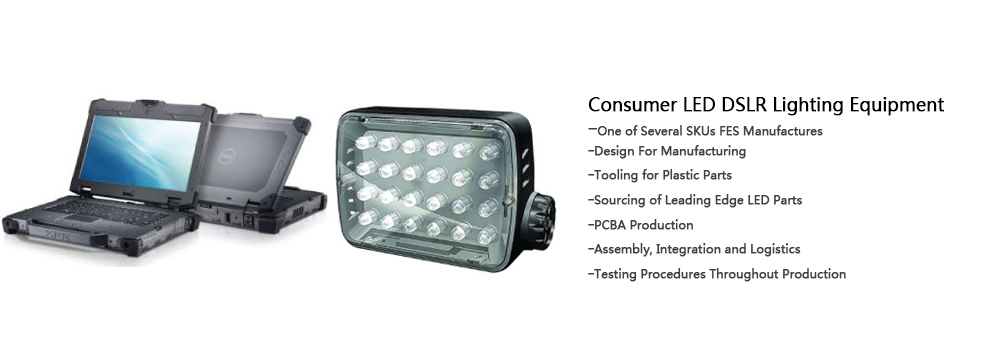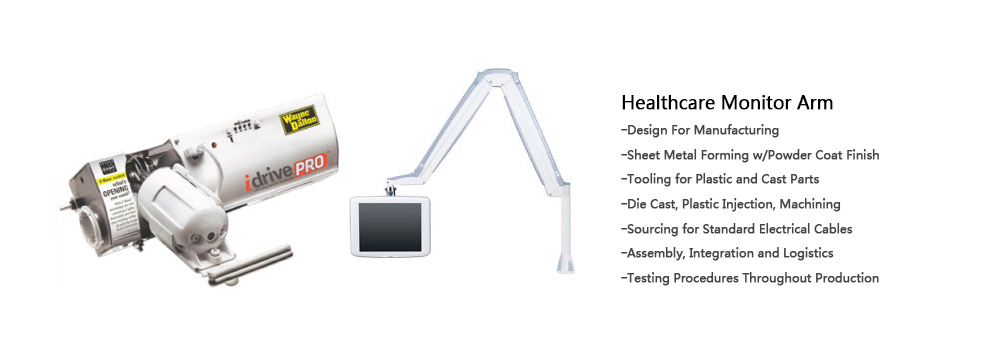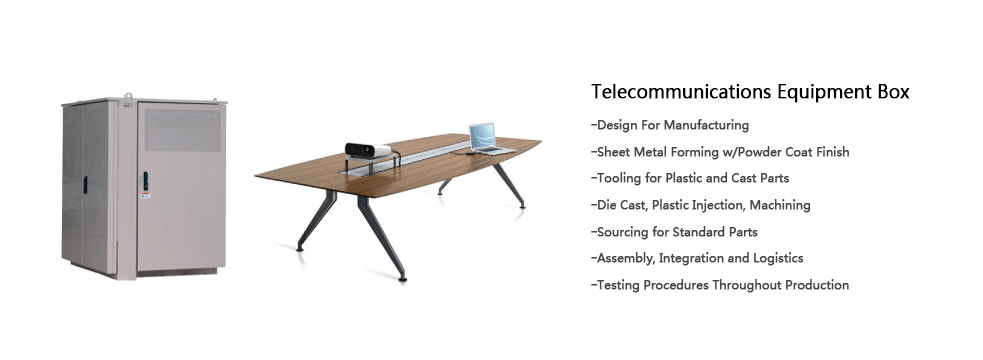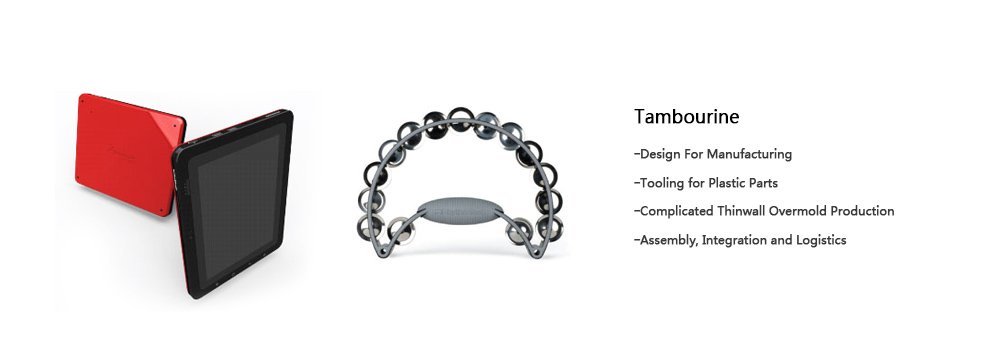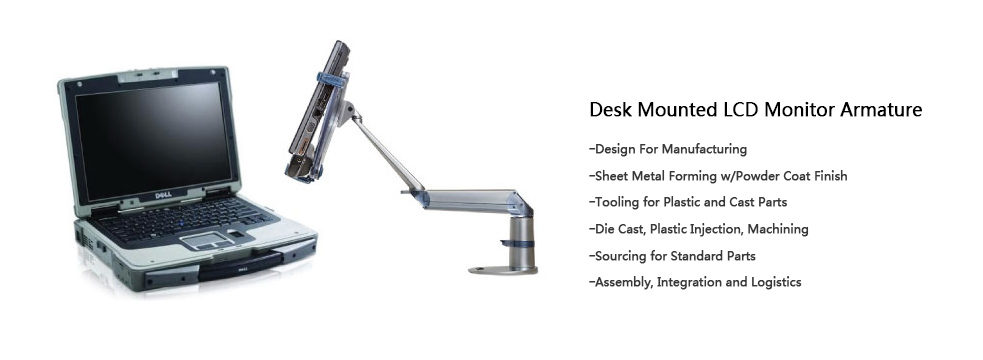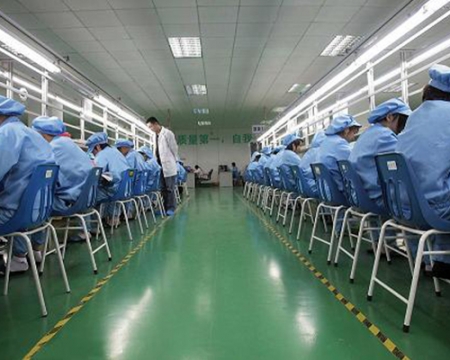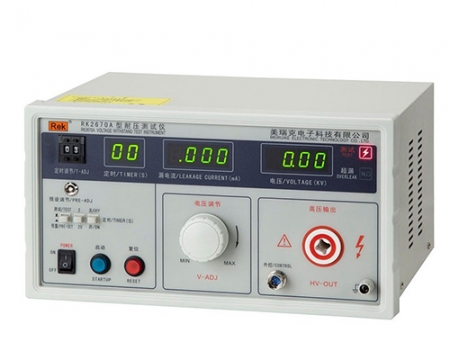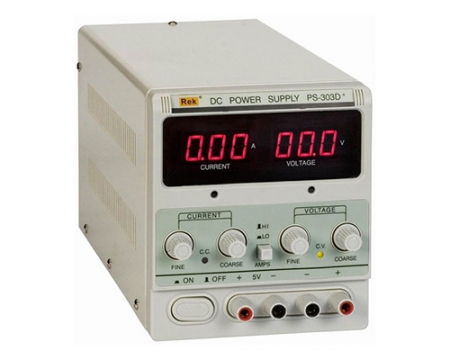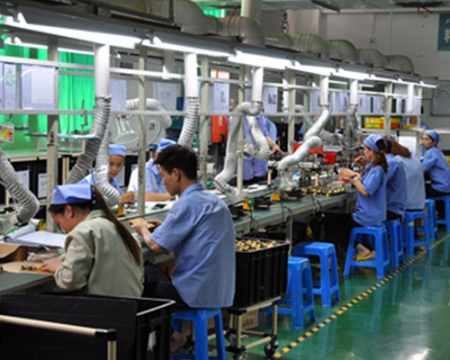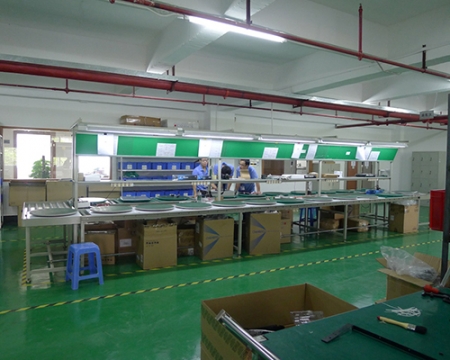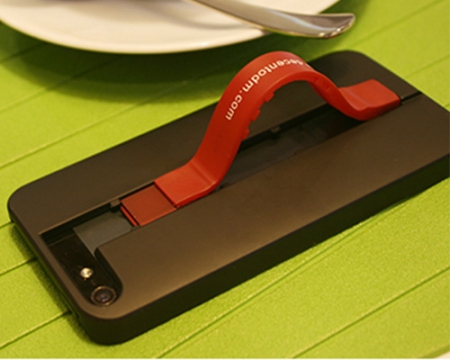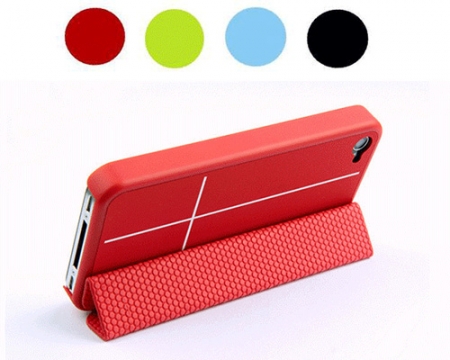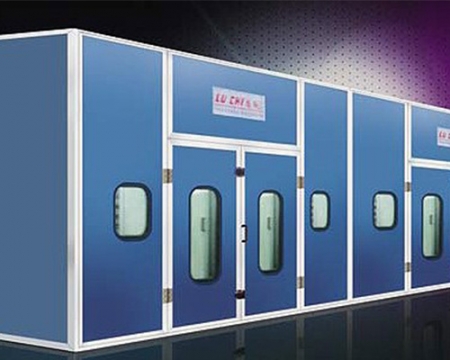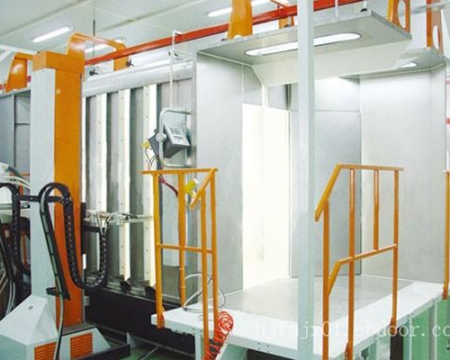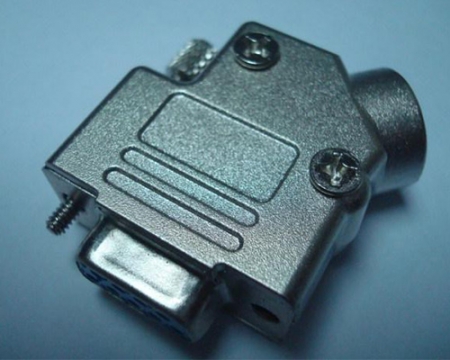Top search:heat sinkout door lightinglighting OEM
-
Manufacturing
TURN-KEY SOLUTIONS PROTOTYPING TOOLING PLASTIC INJECTION DIECAST From design to delivery, Amlife can meet all your projects request to deliver the product in whatever ready status you need. Detailed,Precised Models Speciality Finishes
Functional Prototypes
Short-Run Production.
DFM,Moldflow,FEA Support Injection&Die Casting tool Stamping &OverMould Extrusion DieMulti-Slide Die.
Injection
Inserts
Compression molding Overmold
Injection Casting
Aluminum, Zinc, Magnesium Investment Casting Permanent, Sand, Lost Wax ThixomoldingMACHINING PRECISION METAL STAMPING COATINGS FINISHES ASSEMBLY Milling & Turning
5 Axis Milling
Electric Discharge
Shaping
Machining of CastingsDesign & Programming Sheering
Cutting
Punching
Bending4/Multi-slide Stamping
Stamping
Blanking
Coining
Paint & Powder Coating Electroplating
Vapor Disposition
EMI Shielding
Specialty FinishesElectronics Assembly Packaging and Kitting Mechanical Assembly Welding, Soldering,Gluing
- Supply Chain Services

SUPPLY CHAIN MANAGEMENT SERVICES
Let Amlife help steamline your supplier chain.With Amlife as your single point of contact,you will have feet-on-the-sheet in China to help you run a leaner,more efficient supplier chain.
Our services include:
1.Manufacturing
2.Sourcing
3.Suppliers Selection
4.Quotations
5.Quality Control and Inspection
6.Production Management.
7.Logistics
8.Continual Efficiency Evaluation.
- Our Experience
- News
- Our Process

We've streamlined our processes to ensure that our customers are able to get as much work done through one point of contact as possible. This means reduced leadtimes and significant costs-savings.
While key processes are done in-house, we utilize our proprietary network of over 200+ pre-qualified vendors. This allows us to offer a much wider variety of processes and services that best match our customer's product requirements.
- Resources
We have great resources and many employees working throughout our facilities in China. When we engage a customer, we customize a core team of employees to support each client's needs. These employees include:
-
Engineering
Project Managers
Quality Assurance
Tooling Specialists
Line Workers
Supply Chain Management
- Company
HEADQUARTERS
Ningbo Amlife Machinery Co.,Ltd
ADD:No.24 Fangshan Road Qiaotouhu Industrial Zone, Ninghai County, Ningbo, Zhejiang, China.Zip Code:315611
Contact: Stephen
EMail:sales@amlifecn.com
M.T.:86-13777299778
TEL:86-574-65197878
86-574-65197188
86-574-65195893
FAX:86-574-86644332
86-574-65161258
Website:www.amlifecn.com
Emergency Contact:stephenworry@hotmail.com

